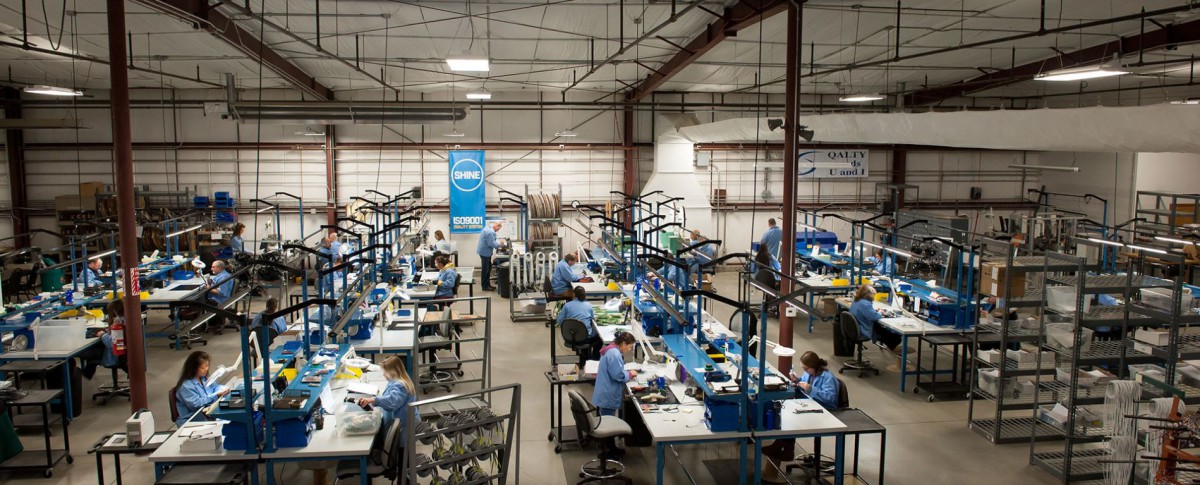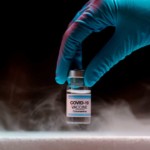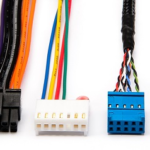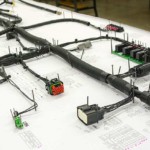Total cost of ownership (TCO) isn’t just about piece price. As we learned in Part 1 of this series, supply chain TCO for electronic assemblies covers a number of different areas. In Part 2 of this series, we’ll examine these areas in closer detail:
- Shipping and freight
- Inventory carrying and holding
- Trade financing
- Quality
- Regulatory compliance
- Oversight
- Intellectual property
- Political/security risk assessment
- Other inputs
As you can see from this list, TCO takes a systematic approach to supply chain optimization.
Shipping and Freight
Shipping and freight costs include more than just direct freight charges. Loading and unloading shipments, transfers, cartage, storage, and warehousing all incur costs. Shipping times and inspections (including delays) are part of TCO, too.
Inventory Carrying/Holding Costs
There are three main causes of increased holding costs: stored inventory, using alternate vendors to ensure supply, and inventory that’s delayed or remains in-transit for too long. Stored inventory costs include taxes, capital, and parts obsolescence.
Trade Financing
Trade financing costs are different from purchasing and inventory costs. They include the costs associated with financial instruments such as letters of credit (LOC) and additional customs brokerage. There’s a cost to hedging against currency fluctuations, too.
Quality Costs
Supplier problems can cause unforeseen problems within your supply chain. The results can range from the loss of customers to product returns and shortages. Lack of flexibility, potential legal liability, and the need for greater oversight can also increase TCO.
Regulatory Compliance
In the United States, regulatory compliance drives TCO in two ways. First, American manufacturers have to meet U.S. regulations about importing goods. Second, there are foreign regulations to consider for companies that operate abroad. (Foreign firms that operate in the U.S. incur regulatory costs, too.)
Oversight
Oversight usually involves traveling to supplier locations. In addition to developing or strengthening these business relationships, manufacturers need to oversee design and production activities. If your supply chain extends overseas, travel costs are more expensive.
Intellectual Property
Infringements upon your company’s intellectual property (IP) can cost you more than just legal fees. In addition to loss of market share and design control, IP theft in areas such as the defense supply chain can compromise strategic national interests.
Political/Security Risk Assessment
Manufacturers that do business in regions of political instability are generally aware of the risks posed by armed conflict and restrictions on natural resources. Crime, natural disasters, accidental loss in transit, and risks involving the transfer of funds can also raise your supply chain TCO, too.
Other Inputs
Other inputs include energy cost variations at different supplier locations and support services such as design, engineering, and prototyping. In nations with an aging manufacturing workforce, the availability of skilled labor can also affect TCO.
TCO Conclusion
SHINE hopes that this series about total cost of ownership has been helpful, and invites you to learn more about custom cable assemblies, wire harnesses, and electro-mechanical assemblies that can reduce your TCO. To request a quote, please contact us.






